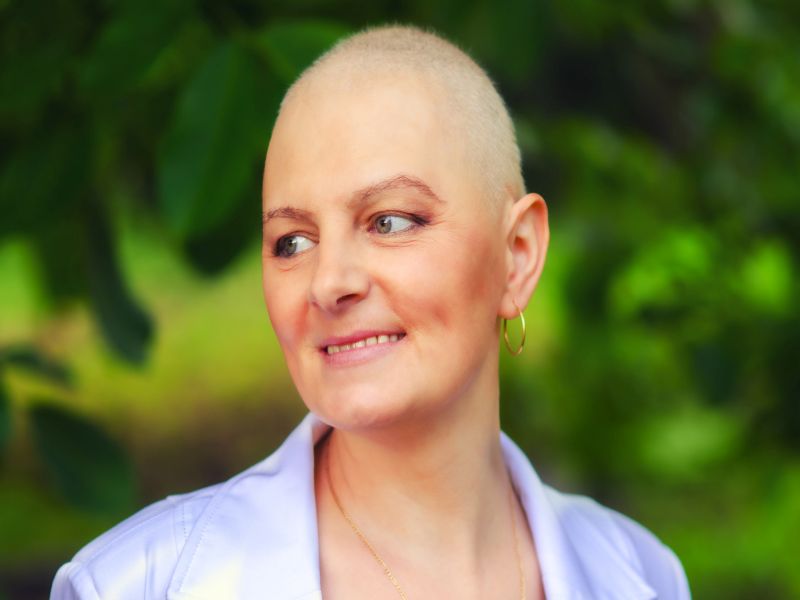
FRIDAY, Aug. 17, 2018 (HealthDay News) — Differences in survival rates between rural and urban cancer patients may be due to the kind of care they receive, a review of cancer clinical trials contends.
Research has shown that cancer patients in rural areas have lower survival rates than those in urban areas. For example, cancer death rates between 2011 and 2015 were 180 per 100,000 people in rural areas and 158 per 100,000 people in urban areas, according to the U.S. Centers for Disease Control and Prevention.
But in the new study, researchers found that the survival rate gap shrank when urban and rural cancer patients were all participants in clinical trials.
The study looked at nearly 37,000 cancer patients from across the United States who took part in phase 2 or phase 3 clinical trials between 1986 and 2012. The patients had any of 17 different types of cancer, including brain, breast, colon, leukemia, lung, lymphoma and ovarian and prostate tumors.
In the five years after enrollment in the trials, there was no significant difference in survival rates between rural and urban patients for all of the types of cancer except one. Rural patients with estrogen receptor-negative, progesterone receptor-negative breast cancer didn’t live as long as urban patients.
That may be due to a number of factors, such as timely access to follow-up chemotherapy after their first round of cancer treatment, according to the researchers, who are with SWOG, the international cancer clinical trials network funded by the U.S. National Cancer Institute.
“These findings were a surprise, since we thought we might find the same disparities others had found,” said study co-leader Joseph Unger. He is a SWOG biostatistician and health services researcher at Fred Hutchinson Cancer Research Center in Seattle.
“But clinical trials are a key difference here. In trials, patients are uniformly assessed, treated, and followed under a strict, guideline-driven protocol. This suggests that giving people with cancer access to uniform treatment strategies could help resolve the disparities in outcomes that we see between rural and urban patients,” Unger said in a SWOG news release.
“If people diagnosed with cancer, regardless of where they live, receive similar care and have similar outcomes, then a reasonable inference is that the best way to improve outcomes for rural patients is to improve their access to quality care,” Unger concluded.
The report was published online Aug. 17 in JAMA Network Open.
— Robert Preidt

Copyright © 2018 HealthDay. All rights reserved.
CONTINUE SCROLLING FOR NEXT NEWS ARTICLE
SOURCE: SWOG, news release, Aug. 17, 2018






Leave a Reply